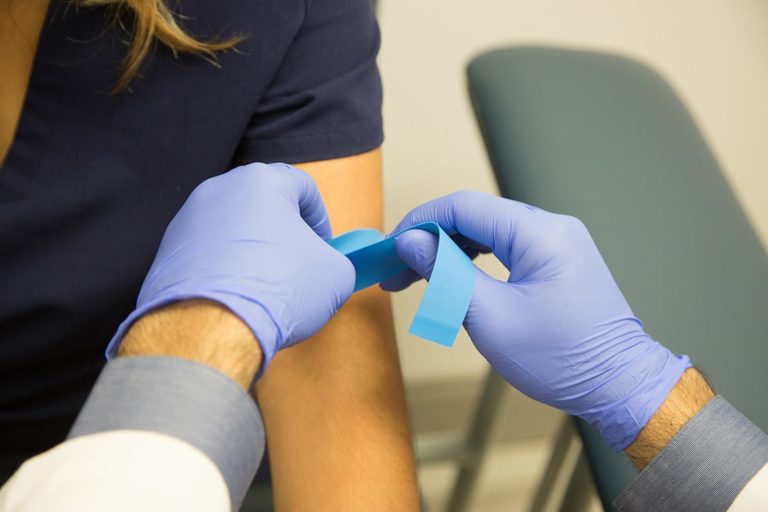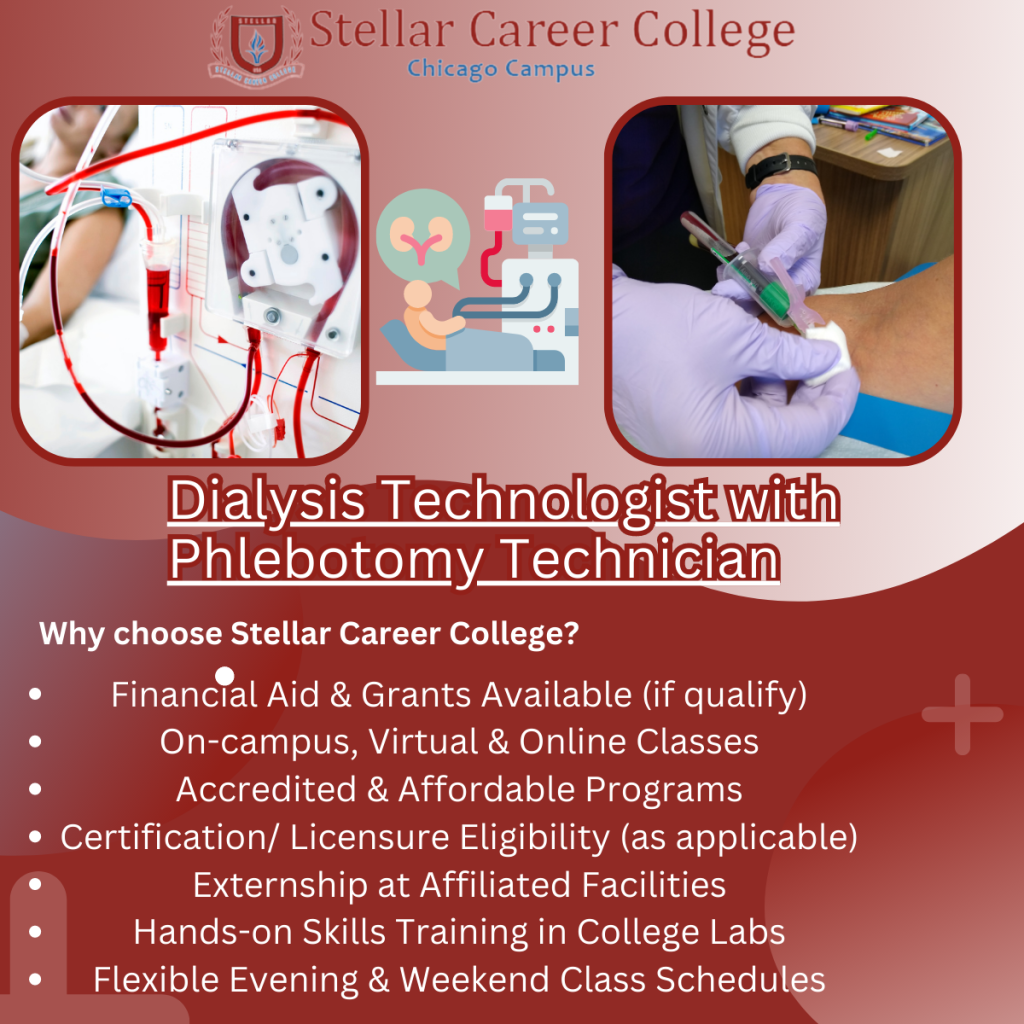Little Known Facts About Northeast Medical Institute - New Haven Campus Phlebotomy Course & Cna Class.
Table of ContentsAll about Northeast Medical Institute - New Haven Campus Phlebotomy Course & Cna ClassNortheast Medical Institute - New Haven Campus Phlebotomy Course & Cna Class - Truths8 Simple Techniques For Northeast Medical Institute - New Haven Campus Phlebotomy Course & Cna ClassEverything about Northeast Medical Institute - New Haven Campus Phlebotomy Course & Cna ClassHow Northeast Medical Institute - New Haven Campus Phlebotomy Course & Cna Class can Save You Time, Stress, and Money.Examine This Report on Northeast Medical Institute - New Haven Campus Phlebotomy Course & Cna Class
The use of such tools ought to be come with by various other infection prevention and control techniques, and training in their use.For settings with reduced resources, price is a driving consider purchase of safety-engineered tools - Phlebotomy Training. Where safety-engineered devices are not readily available, knowledgeable use of a needle and syringe is appropriate. Unintended exposure and details information concerning an occurrence should be taped in a register. Support services need to be promoted for those that undertake unexpected exposure.
labelling); transportation conditions; analysis of outcomes for scientific administration. In an outpatient division or facility, supply a specialized phlebotomy work area containing: a tidy surface area with 2 chairs (one for the phlebotomist and the other for the individual); a hand laundry basin with soap, running water and paper towels; alcohol hand rub. In the blood-sampling room for an outpatient department or facility, supply a comfortable reclining couch with an arm remainder.
Northeast Medical Institute - New Haven Campus Phlebotomy Course & Cna Class Things To Know Before You Get This
Make sure that the indicators for blood tasting are clearly specified, either in a composed method or in documented guidelines (e.g. in a lab kind). In all times, adhere to the techniques for infection avoidance and control noted in Table 2.2. Infection avoidance and control practices. Accumulate all the equipment needed for the treatment and place it within risk-free and very easy reach on a tray or trolley, making certain that all the items are clearly noticeable.
Present on your own to the person, and ask the person to mention their complete name. Inspect that the research laboratory kind matches the individual's identity (i.e. match the client's details with the laboratory form, to ensure exact recognition).
Make the person comfy in a supine placement (if feasible). Location a tidy paper or towel under the person's arm. Discuss the test to be done (see Annex F) and acquire verbal authorization. The person has a right to reject a test at any time prior to the blood sampling, so it is essential to guarantee that the patient has actually comprehended the procedure.
The Basic Principles Of Northeast Medical Institute - New Haven Campus Phlebotomy Course & Cna Class
Extend the patient's arm and inspect the antecubital fossa or lower arm. Locate a blood vessel of a great dimension that is noticeable, straight and clear.
DO NOT insert the needle where veins are drawing away, because this enhances the opportunity of a haematoma. The blood vessel must show up without applying the tourniquet. Finding the vein will aid in determining the right size of needle. Use the tourniquet regarding 45 finger widths above the venepuncture site and re-examine the blood vessel.
Haemolysis, contamination and presence of intravenous fluid and medicine can all alter the outcomes (39. Nursing staff and physicians might access main venous lines for specimens following protocols. However, samplings from central lines lug a threat of contamination or erroneous laboratory examination results (https://northeast-medical-institute.jimdosite.com). It is acceptable, but not ideal, to draw blood samplings when first introducing an in-dwelling venous device, before attaching the cannula to the intravenous liquids.
The Single Strategy To Use For Northeast Medical Institute - New Haven Campus Phlebotomy Course & Cna Class
Failure to enable sufficient contact time increases the threat of contamination. DO NOT touch the cleansed site; in particular, DO NOT place a finger over the vein to lead the shaft of the exposed needle.
Ask the patient to develop a fist so the capillaries are a lot more famous. Enter the capillary promptly at a 30 degree angle or much less, and remain to present the needle along the vein at the most convenient angle of access - Phlebotomy Training. Once enough blood has actually been accumulated, launch the tourniquet BEFORE withdrawing the needle
3 Easy Facts About Northeast Medical Institute - New Haven Campus Phlebotomy Course & Cna Class Explained
Withdraw the needle carefully and apply mild pressure to the website with a clean gauze or completely dry cotton-wool sphere. Ask the person to go to this site hold the gauze or cotton woollen in place, with the arm expanded and raised. Ask the patient NOT to bend the arm, due to the fact that doing so causes a haematoma.

Fascination About Northeast Medical Institute - New Haven Campus Phlebotomy Course & Cna Class
Where possible, keep the tubes in a shelf and move the rack towards you - https://triberr.com/northeastmed. If the sample tube does not have a rubber stopper, infuse very slowly right into the tube as lessening the pressure and rate utilized to move the sampling lowers the risk of haemolysis.
